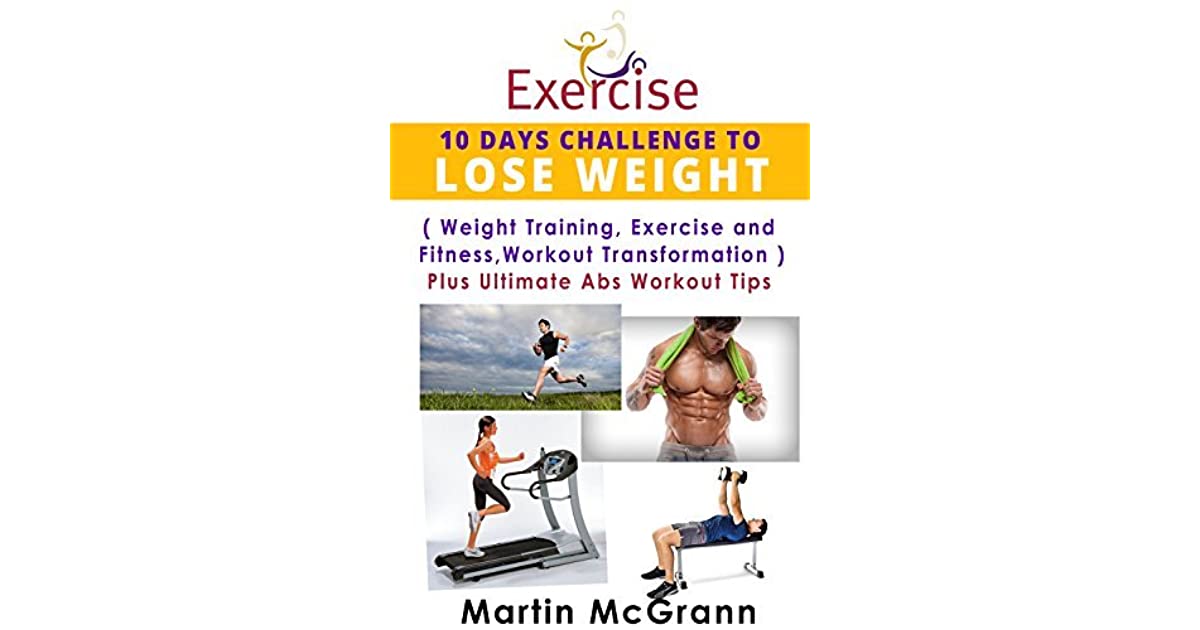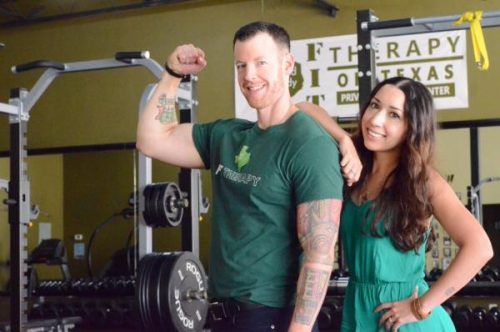
A spin class for beginners will require you to learn how to properly stand on the bike. The first class can be quite intense so make sure you arrive early so you can meet your instructor. A bottle of water and towel are essential to stay hydrated. Make sure you wear padded riding shorts. Because you'll be sweating during class, you'll want to make sure you have cool clothing.
It is important to remember that you are still a beginner in any sport. Therefore, you should take it slow and make your way up. The cardiovascular workout of spinning can be high-intensity and burn as many as 675 calories an hour. Many beginners give up on their classes when they feel uncomfortable in the saddle and the saddle isn’t properly set. To ensure the correct bike setup and saddle, it's a good idea not to be late to the class. The instructor can help you if you are unsure.

Another tip is to bring a water bottle, a towel, and clip in your shoes before the class begins. Most spinning bikes have brakes so that you can stop whenever you want. A good beginner in spin class will bring a water bottle. You should ensure that you have the right footwear for class. It's important to make sure that your shoes are adjusted properly so you don't feel any pain or discomfort during the class.
The right cycling shoes are essential to enjoy the class. A good pair of shoes will easily clip to the pedals. Your ball of foot will be right in the middle. If you don't have a bike, a cycling shoe is the perfect option. It will keep you comfortable and safe while you work out. A bike trainer is an excellent way to make a big splash. You can start a spin class by visiting a local gym.
Regardless of your skill level, you can take a spin class beginners' class and improve their fitness levels at the same time. A spinning instructor should hold a fitness certification and encourage their students' to work at their own level. Some instructors might teach from a standing position, while others prefer spinning while standing. For absolute beginners, it's important to find a class that can show your heart rate. A monitor will help you to get off your bike during a workout.

It is important to be ready for a difficult workout when you start spinning. Some instructors are avid outdoor bikers, while others prefer group fitness. You should look for a certified instructor who will be helpful with setting up your bike and encouraging you to work hard while in the class. Be prepared to make errors as you learn. You should also arrive early to your first class to avoid embarrassing yourself.
FAQ
What are 10 healthy habits you can adopt?
-
Get breakfast every morning.
-
Don't skip meals.
-
Eat a balanced, healthy diet.
-
Get lots of water.
-
Take care of your body.
-
Get enough sleep.
-
Avoid junk food.
-
Get at least one form of exercise each day.
-
Have fun
-
Make new friends
Which diet is best for me?
There are many factors that influence the best diet, including your gender, age, weight, health condition, lifestyle, and personal preferences. You also need to consider how much energy you expend during exercise, whether you prefer low-calorie foods, and if you enjoy eating fruits and vegetables.
Intermittent fasting might be an option for you if your goal is to lose weight. Intermittent eating means that you only eat specific meals throughout the day. This is in contrast to three large meals. This approach may prove to be more beneficial than traditional diets that have daily calorie counts.
Intermittent fasting has been shown to improve insulin sensitivity, reduce inflammation and lower the risk of developing diabetes. Research suggests that intermittent fasting can promote fat loss and improve overall body composition.
What is the problem with BMI?
BMI stands for Body Mass Index, which is a measurement of body fat based on height and weight. Here is how to calculate BMI using the following formula.
Weight in kilograms divided by height in meters squared.
The result is expressed using a number from 0 through 25. A score of 18.5+ indicates that you are overweight. A score higher than 23 indicates that you are obese.
A person of 100 kg with a height of 1.75m will have 22 BMI.
Statistics
- According to the Physical Activity Guidelines for Americans, we should strive for at least 150 minutes of moderate intensity activity each week (54Trusted Source Smoking, harmful use of drugs, and alcohol abuse can all seriously negatively affect your health. (healthline.com)
- WHO recommends consuming less than 5% of total energy intake for additional health benefits. (who.int)
- This article received 11 testimonials and 86% of readers who voted found it helpful, earning it our reader-approved status. (wikihow.com)
- According to the 2020 Dietary Guidelines for Americans, a balanced diet high in fruits and vegetables, lean protein, low-fat dairy and whole grains is needed for optimal energy. (mayoclinichealthsystem.org)
External Links
How To
What does "vitamin" actually mean?
Vitamins can be described as organic compounds found in food. Vitamins help us absorb nutrients from foods we eat. Vitamins cannot come from the body so food must provide them.
There are two types if vitamins: water soluble, and fat soluble. Water-soluble vitamins dissolve easily when they are dissolved in water. Some examples include vitamin C,B1 and B2 vitamins (thiamine), B2 and riboflavin, B3 and B6 vitamins (niacin), folic acids, biotin, pantothenic acids, and cholesterol. The liver and fatty tissues are home to fat-soluble vitamins. Examples include vitamin D, E, K, A, and beta carotene.
Vitamins can be classified by their biological activity. There are eight major groups of vitamins:
-
A - vital for healthy growth.
-
C - important for proper nerve function and energy production.
-
D - Vital for healthy bones and teeth
-
E - needed for good vision and reproduction.
-
K - Essential for healthy muscles and nerves.
-
P – vital for building strong bones.
-
Q – aids digestion of iron and iron absorption
-
R – Required for the formation of red blood vessels.
The recommended daily allowance for vitamins (RDA) varies based on gender, age, and physical conditions. The U.S. Food and Drug Administration, (FDA), sets the RDA value.
For adults over 19, the RDA for vitaminA is 400 micrograms per daily. For fetal development, pregnant women need 600 mg per day. Children ages 1-8 require 900 micrograms per day. Children under 1 year old require 700 micrograms daily, while infants over one year old need 500 micrograms every day. This decreases between 9 and 12 months.
Children between the ages of 1-18 need 800 micrograms per daily for obesity, while children overweight require 1000 micrograms. Children underweight or obese will need 1200 mg per day.
Children 4-8 years old who have anemia must consume 2200 micrograms of Vitamin C daily.
2000 micrograms per person is necessary for general health. Breastfeeding or pregnant women require 3000 micrograms per daily due to higher nutrient demands.
Adults over 70 years of age need 1500 micrograms per day since they lose about 10% of their muscle mass each decade.
Women who are pregnant and lactating need more nutrients than the RDA. Pregnant women need 4000 micrograms per dayduring pregnancy and 2500 micrograms per day after delivery. Breastfeeding mothers need 5000 micrograms per day when breast milk is being produced.